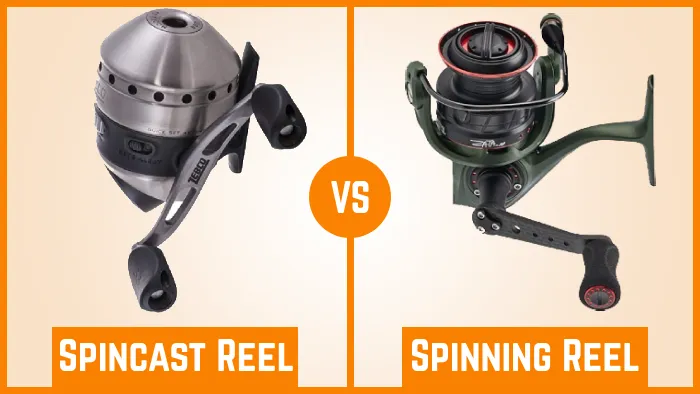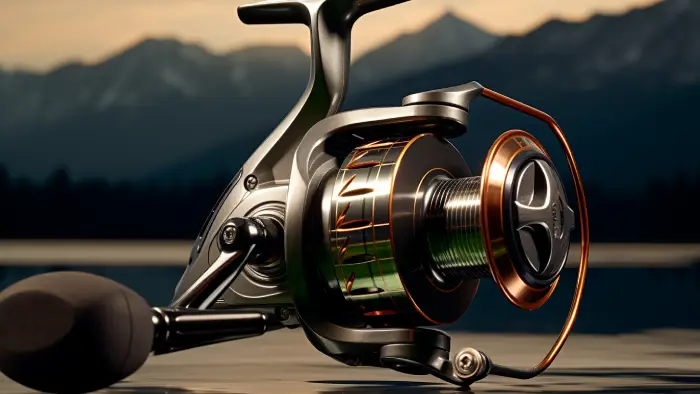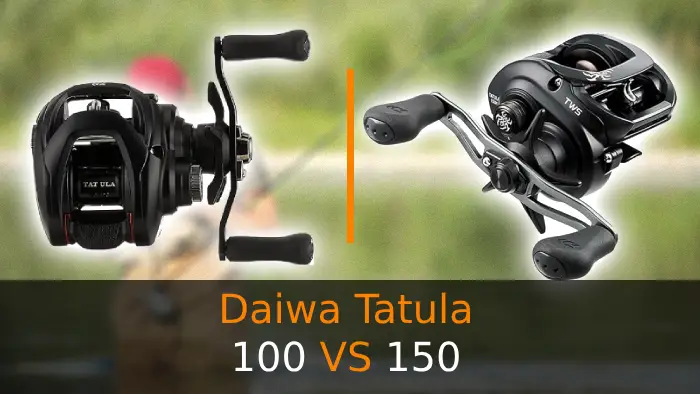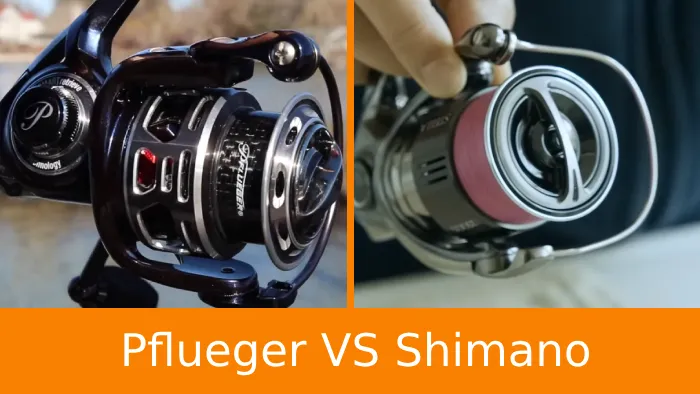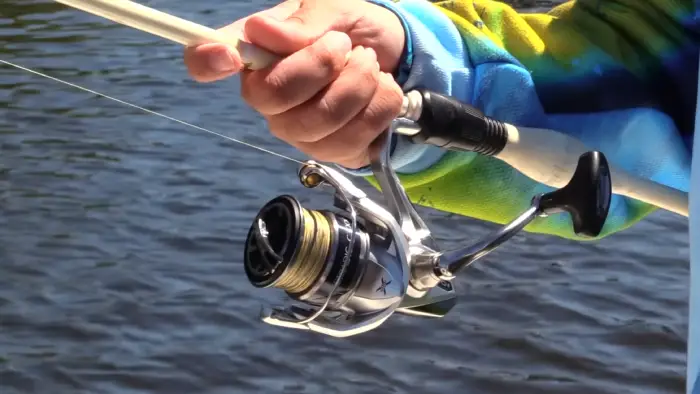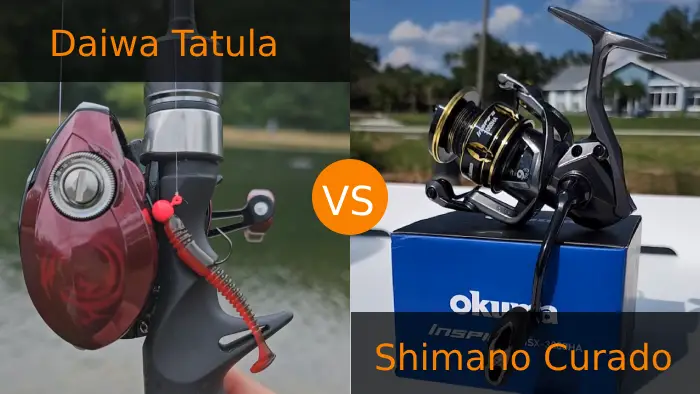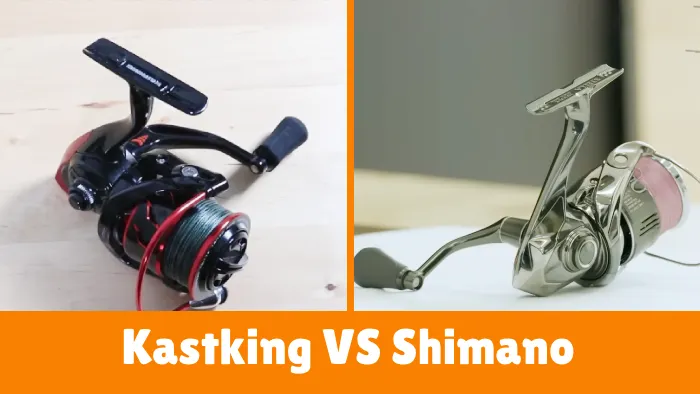Spincast vs Spinning Reel: 6 Key Differences for Fishing
Spincast and spinning reels, two of the most popular choices in the angler’s arsenal, offer distinct advantages and cater to different fishing needs. Whether you’re a seasoned pro or just starting on your fishing journey, understanding the differences between these two fishing reel types can significantly impact your fishing success.
One key difference lies between the spincast and spinning fishing reels is their design. Spincast reels feature a closed-face design with a concealed metal nose cone, making them incredibly user-friendly with a button for line release and stop.
Conversely, spinning reels have an open-face design with an exposed bail wire, offering more versatility but requiring a bit more dexterity during use.
In casting range, the spincast reels are limited to precise casting in smaller areas, while spinning reels excel in distance due to their open spools and larger capacity.
We will discuss all the differences between spincast and spinning fishing reels, allowing you to choose wisely which is most suitable for your fishing needs.
Differences Between Spincast and Spinning Fishing Reel
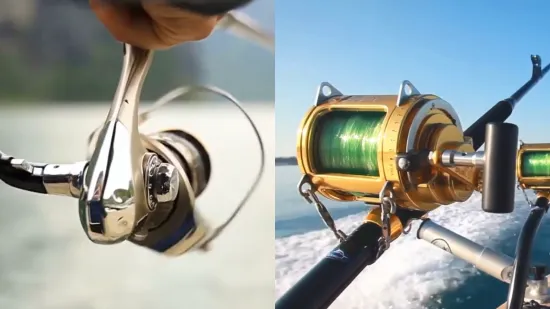
When comparing spincast and spinning fishing reels, there are several key differences to consider.
- Design
- Casting range
- Line capacity
- Retrieval rate
- Handling heavy gear and lures
- Price range
Check out each difference between spincast and spinning fishing reels in detail to make a well-informed decision.
1. Design
Regarding design, there are distinct differences between spincast and spinning fishing reels. Spincast reels have a closed-face design with a metal nose cone that conceals the fishing line. This design is particularly user-friendly, with a button for easy line release and stop.
Additionally, the closed design prevents dirt and debris from entering the reel, ensuring that your fishing line remains clean and untangled.
On the other hand, spinning reels have an open-face design that exposes the bail wire. While this design makes manual manipulation essential, it offers more versatility in casting.
The open design also means that water can easily move in and out of the reel, which can be a significant advantage when fishing in rough water.
2. Casting Range
In terms of casting range, spincast reels and spinning reels differ in some noticeable ways. Spincast reels are best suited to precise casting in smaller areas, which makes them ideal for beginners or children who are learning fishing techniques.
They are not designed for long-distance casting, with their casting distances often limited to ranges between 10 to 30 yards.
Contrastingly, spinning reels excel in casting distance, allowing you to cast much farther and deeper, making them ideal for situations where you need to reach more challenging waters or move further out from the shore.
Their open spools and larger line capacity make them suitable for longer casts of up to 30 yards or more. However, it’s worth mentioning that casting distance can vary depending on factors like the size of the reel, the angler’s skill level, and the type of line used.
3. Line Capacity
Spincast reels and spinning reels also differ in line capacity. Spincast reels typically have smaller spools and lower line capacity, making them better suited for lighter lines and smaller fish. Most spincast reels can hold between 80 to 120 yards of line, but this can vary based on the diameter and strength of the line, as well as the reel size.
Meanwhile, spinning reels come in various sizes and offer a broader range of line capacity options, making them suitable for both light and heavy fishing lines. Smaller spinning reels can hold around 100 to 200 yards of line and are ideal for lines with test weights ranging from 2 to 6 pounds.
Larger spinning reels designed for heavier lines can hold anywhere from 10 to 30 pounds or more weight, offering line capacities of 200 to 300 yards or even more.
4. Retrieval Rate
Regarding retrieval rate, spincast reels and spinning reels vary significantly. Spincast reels have a slower retrieval rate than spinning reels because of their compact design and lower gear ratio.
The small spool size of spincast reels means that they hold less line, and their gears have fewer teeth, leading to a slower retrieval rate.
Conversely, spinning reels have larger spools and an efficient bail arm system, giving them a faster retrieval rate. The increased spool size allows for more line to be stored, while the advanced drag system provides better control over the fish, making it easier to reel in.
However, it’s crucial to note that the retrieval rate can also depend on the fishing line’s thickness and length, the weight of the lure, and the power of the rod you’re using, regardless of the type of fishing reel you choose.
5. Handling Heavy Gear and Lures
Spincast reels may not be the best choice if you’re targeting larger fish species or using heavy gear and lures. They are better suited for small to medium-sized fish due to their design, which doesn’t provide much room for heavier lines and lures.
Conversely, spinning reels can handle a more extensive range of gear and lures, making them more appropriate for larger fish species. This fact is because they come with larger spools and more advanced drag systems, which help counterbalance the weight of heavier gear and lures.
The larger spool size also provides more space to store line weight that can efficiently resist the catch’s pull. Furthermore, spinning reels have a superior casting ability compared to spincast reels, making them suitable for long-range casting.
6. Price Range
Spincast reels are generally known for their affordability, with entry-level models costing around $10 to $20. However, investing in a higher-quality spincast reel is advisable for better performance and durability.
Mid-range spincast reels offer better build quality and additional features like improved drag systems while costing between $20 and $50.
Conversely, spinning reels have a wider price range, and you can find them in price points ranging from budget-friendly to premium models. Entry-level spinning reels are cost-friendly and offer basic functionality, starting at around $20 to $30.
Mid-range spinning reels offer smoother drag systems and improved performance at a cost between $40 and $100. Premium spinning reels are designed for serious anglers who require top-notch performance and advanced features. These reels cost between $100 to several hundred dollars or more.
It’s essential to note that pricier spinning reels tend to have a more durable and robust design than their spincast counterpart, ensuring they can withstand harsh water and weather conditions.
Additionally, high-end spinning reels come with advanced features like interchangeable spools, anti-reverse systems, and better ergonomics, providing an optimal fishing experience.
Spincast and Spinning Reel Comparison Chart
| Aspect | Spincast Reels | Spinning Reels |
| Design | Closed-face with button release | Open-face with manual bail |
| Casting Range | Limited (10-30 yards) | Extended (up to 30+ yards) |
| Line Capacity | Smaller spools, lower capacity | Varied capacities for lines |
| Retrieval Rate | Slower due to compact design | Faster due to larger spool |
| Handling Heavy Gear/Lures | Best for small to medium fish | Versatile for various sizes |
| Price Range | Affordable, mid-range options | Wide range from budget to premium |
Spincast or spinning: Which type of fishing reel is better for beginners?
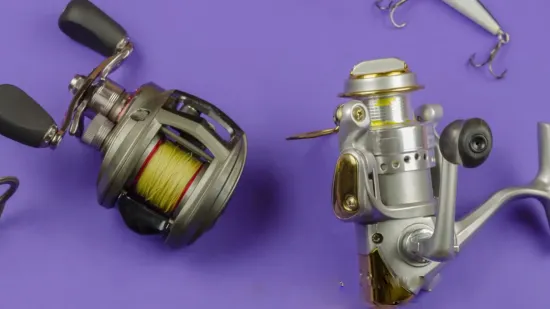
For beginners, the spincast reel is often the better choice. It’s designed with simplicity in mind, featuring a push-button mechanism for casting and a closed-face design that minimizes tangles and backlashes. This user-friendly reel is ideal for those who are just starting to learn the basics of fishing.
On the other hand, spinning reels, while versatile and suitable for various situations, can be a bit more challenging for newcomers due to the need for manual line management during casting and retrieval.
So, if you’re new to fishing, the spincast reel offers an easier learning curve and a smoother start to your angling journey.
Can you use a spincast reel for saltwater fishing?
You can use a spincast reel for saltwater fishing, but it’s important to choose the right one and take some precautions. Spincast reels are generally better suited for freshwater fishing due to their design, which can be vulnerable to corrosion from saltwater.
However, there are some corrosion-resistant spincast reels available specifically designed for saltwater use. Make sure to rinse your reel with freshwater after each saltwater fishing trip and consider regular maintenance to prevent saltwater damage.
Also, keep in mind that spincast reels may have limited line capacity and may not handle heavy saltwater species as effectively as other reel types. It’s essential to match your gear to the specific saltwater species and conditions you’ll be facing to ensure a successful fishing experience.
Which fish species are best suited for spincast and spinning reels?
For different fish species, you need to consider your target when choosing between spincast and spinning reels. Spinning reels are well-suited for crappie, bluegill, yellow perch, and other panfish. These reels offer versatility and are suitable for various fishing situations, making them an ideal choice for catching these fish species in Nevada or in other fishing locations.
Meanwhile, if you’re specifically targeting bass, it’s advisable to opt for a spinning reel or even a baitcasting reel, as they provide the power and control needed for larger and more aggressive bass.
So, for bass fishing, you might want to explore options beyond spincast reels to ensure you have the right gear for the job.
Catch Your Targeted Fish with the Perfect Fishing Reel
Both spincast and spinning fishing reels have their own advantages and are suitable for different fishing situations. It ultimately depends on your experience level, the type of fish you’re targeting, and your specific preferences.
If you’re just starting out and crave simplicity, the spincast reel might be your best friend. Its user-friendly design can make your initial fishing experiences a breeze. In contrast, if you’re looking for versatility, casting distance, and handling various fish sizes, a spinning reel could be your go-to choice.
So, when it comes to choosing between the two, consider your unique needs and angling aspirations, and you’ll find the perfect reel for your smart fishing choices.

